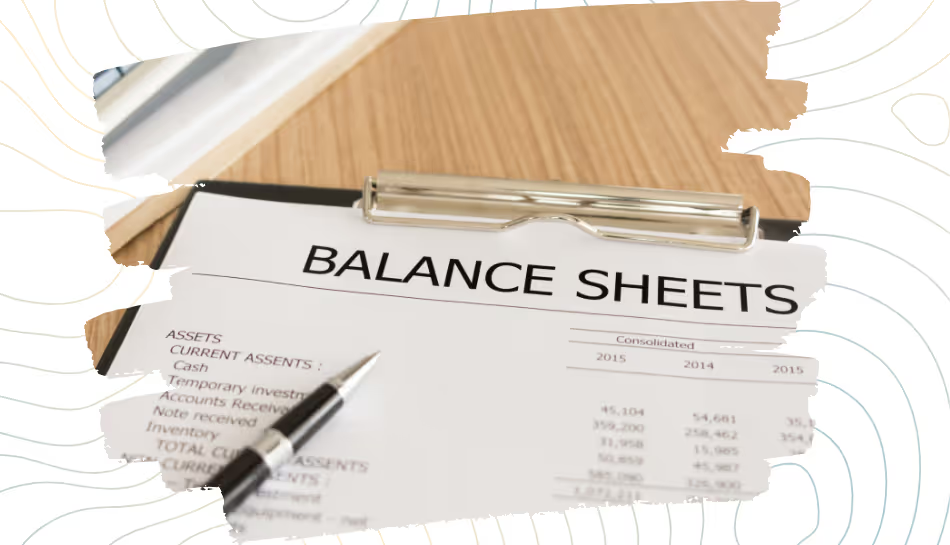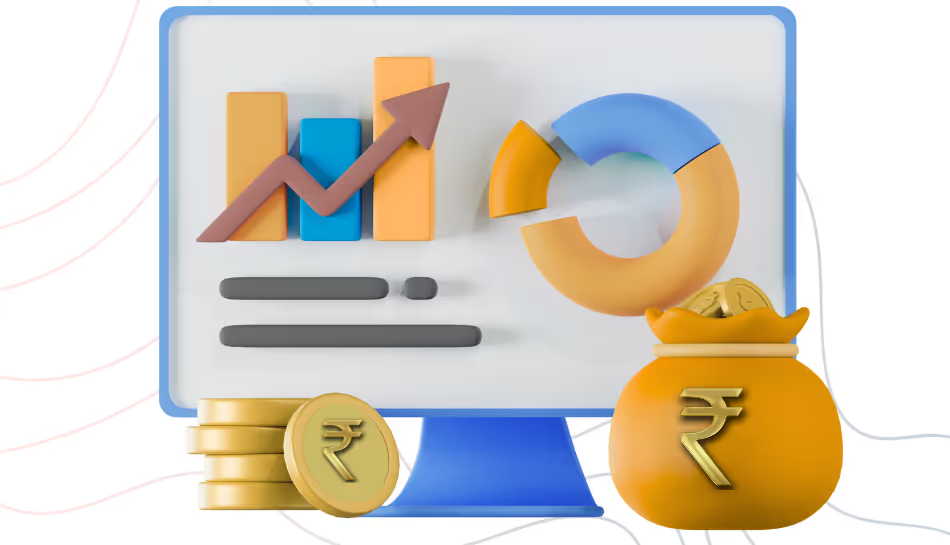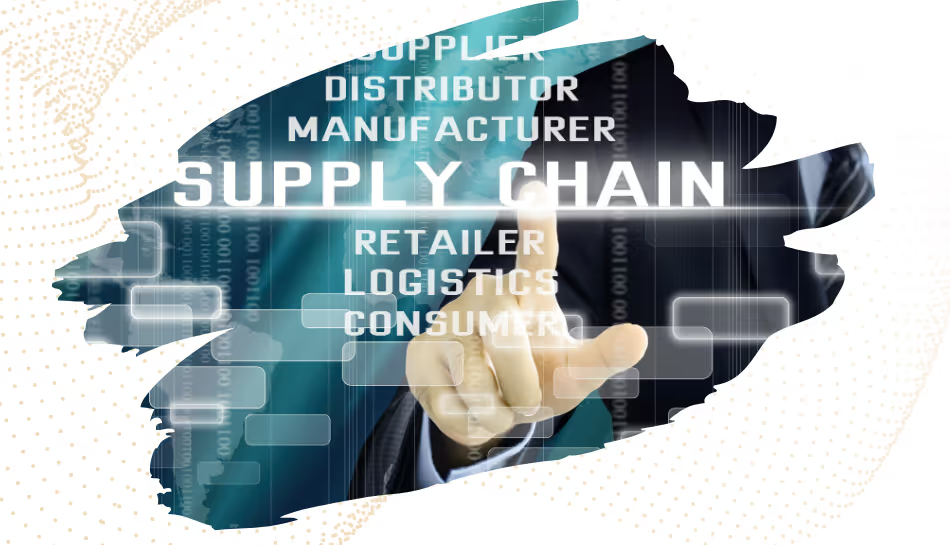Every business, from a startup to a large corporation, needs a clear view of its financial standing. One of the simplest ways to get that view is through a balance sheet. It's a snapshot of what a company owns, what it owes, and how much is left for its owners-all at a specific point in time.
What is a Balance Sheet?
A balance sheet is a statement that summarizes all assets, liabilities, and equity of the company. This is called a "balance" sheet because the two sides of the equation must always balance:
Assets = Liabilities + Equity
That is, everything the business possesses (assets) is financed by what it owes (liabilities) and what the owners have invested, which is the equity.
The balance sheet shows the financial health of a company. Investors and lenders will determine how well the business has used its resources with the help of a balance sheet, if it can meet all future obligations.
Components of a Balance Sheet
A balance sheet has three main components, and understanding them helps one read the statement with ease.
Assets
Assets are all that a company owns which holds value. They are usually categorized into two types:
- Current Assets: Inventory, cash, accounts receivable and other assets that should be turned into cash within a year.
- Non-Current Assets: Those assets that are long-term holdings, including property, equipment, vehicles, or intangible assets like patents.
Together, these show how much value the company has in its resources.
Liabilities
Liabilities are what the company owes to others; they reflect the company's financial obligations and again fall into two categories:
- Current Liabilities: Short-term debts, such as accounts payable, wages, or taxes due within a year.
- Non-current Liabilities: Long-term debt such as bank loans or bonds payable.
The key to a good financial balance is keeping liabilities within manageable levels.
Equity
Equity, also known as shareholders' equity or owners' equity, is the difference between assets and liabilities. It includes the initial capital that was put in and the retained earnings-the profit the company doesn't distribute in the form of dividends.
Equity represents the value of ownership, demonstrating how much of a business truly belongs to owners.
Types of Balance Sheet
There are a few types of balance sheet formats depending on the business needs:
- Classified Balance Sheet: A balance sheet that differentiates between assets and liabilities that are current and non-current.
- Comparative Balance Sheet: Financial data are presented side by side across various periods to monitor changes over time.
- Common Size Balance Sheet: The percentage of total assets is used to express each item. It allows easy comparison and analysis between the same or different companies over a period of time.
Each one of these formats has the same purpose of providing a financial snapshot, but the presentation style might vary depending on the audience or type of business.
Examples of a Balance Sheet
To visualize it, here is a simple example of the structure of a balance sheet for a small business:
- Assets
- Cash: ₹5,00,000
- Accounts Receivable: ₹2,00,000
- Equipment: ₹3,00,000
- Total Assets: ₹10,00,000
- Liabilities
- Accounts Payable: ₹2,00,000
- Bank Loan: ₹3,00,000
- Total Liabilities: ₹5,00,000
- Equity
- Owner’s Capital: ₹5,00,000
Both sides total ₹10,00,000, showing that the balance sheet balances perfectly.
Why It Matters
The balance sheet is more than a mere accounting formality-it lets business owners understand their company's position at any moment in time. This enables businesses to study trends, such as growing debt or declining cash, and make informed financial decisions.
Modern ERP systems such as Bigsun ERP have made this easier by automatically generating real-time, accurate balance sheets. With integrated financial modules, Bigsun tracks every transaction and updates the balance sheet in real time, providing decision-makers with a live look at their company's performance.
Final Thoughts
A balance sheet is far more than a list of numbers; it is a mirror reflecting the stability and strength of a company. By understanding its components and types, business owners can gain deeper control over their finances. With automated solutions like Bigsun ERP, preparation and analysis of balance sheets can be done in a quick, accurate, and effortless manner to keep the enterprise healthy and always ready to grow.



